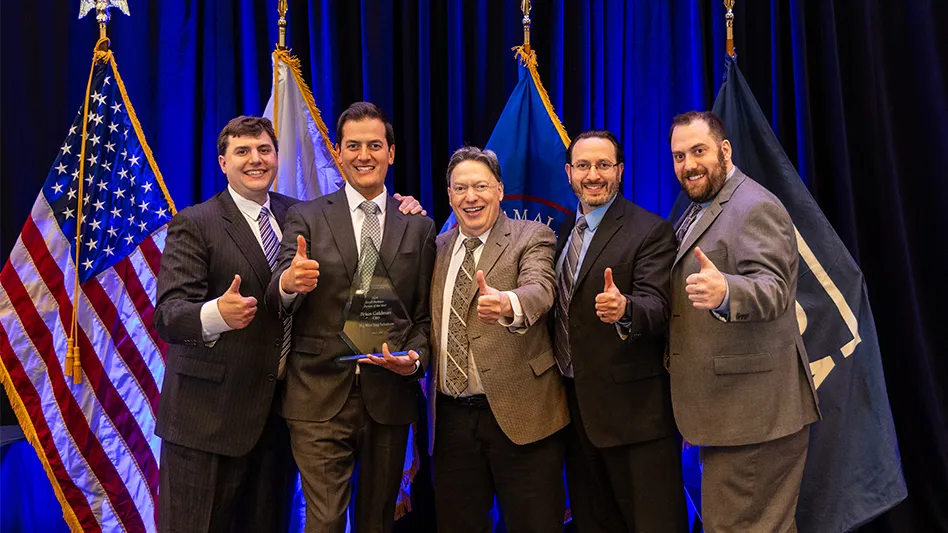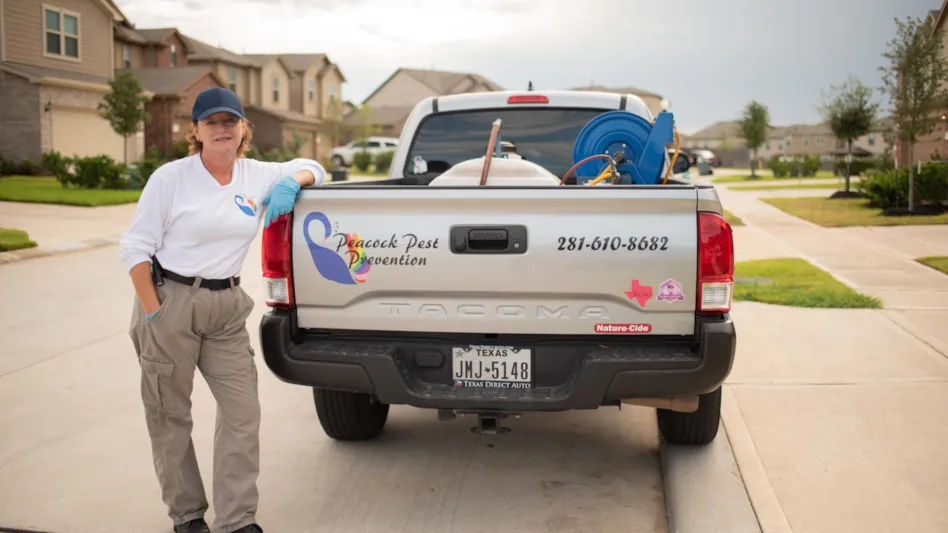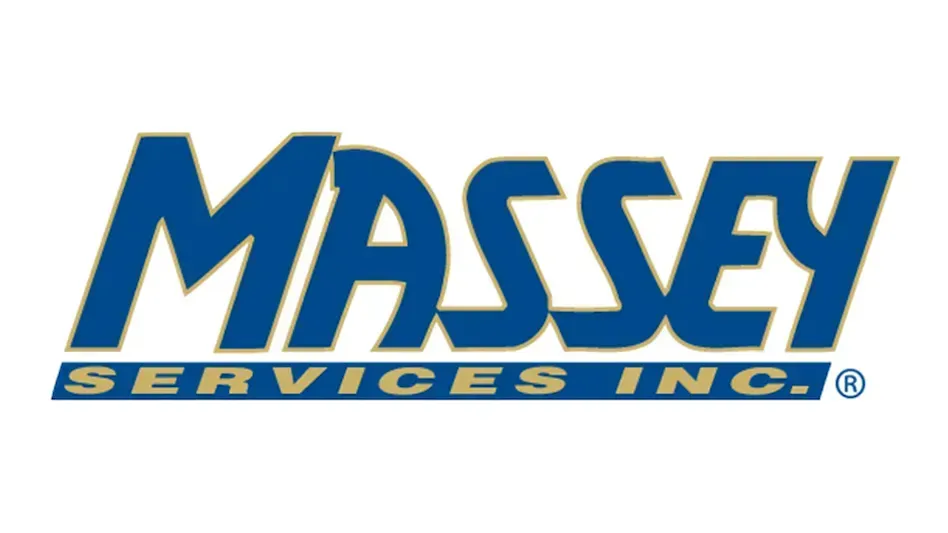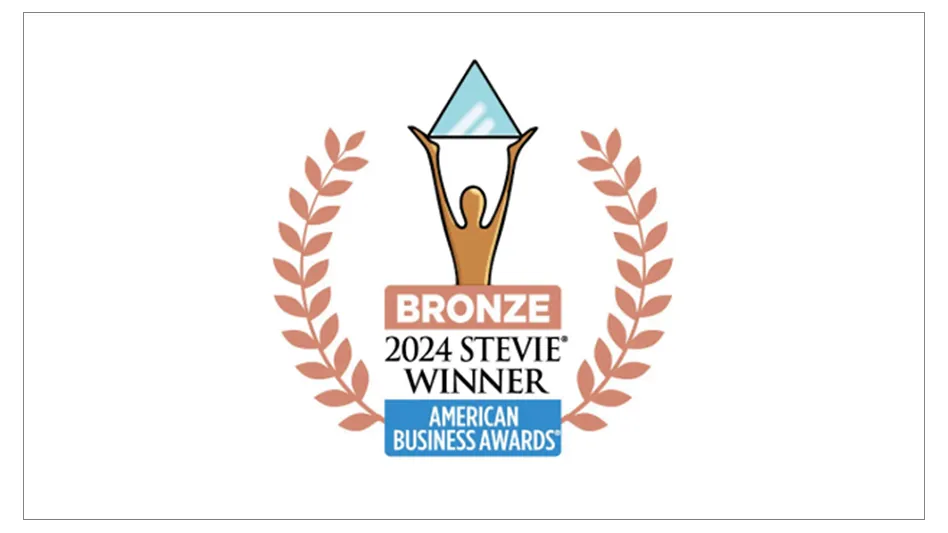Mergers and acquisitions are simply a part of the landscape in today’s business environment, and the pest management industry is no exception. But in an industry known for its entrepreneurial start-ups, what can acquiring companies do to gain the allegiance of its new employees and their customers?
To find out, PCT spoke with some of the industry’s most active acquisition companies. While each acquisition will have its own distinctive characteristics and needs, best practices in the acquisition process will generally cross cultures, personalities and company structures. So, whether your firm is acquiring a company with one employee or 100, incorporating these “Top 10” steps can help ensure that your newly acquired employees don’t become your former employees.
1. LOOK FOR A COMPATIBLE CULTURE. Finding a company with a “compatible culture” was the most frequently mentioned piece of advice regarding pest management firm acquisitions. It is so important that if there is not a fit, the acquisition should not take place. “Find a company that matches your culture,” said Victor Hammel, Ehrlich Pest Control president and Rentokil Pest Control North America CEO. “When you have two different cultures, it’s very, very difficult.” Hammel’s experience in acquisitions goes back 25 years, and with last year’s acquisition of Ehrlich by Rentokil as its U.S. platform company and Ehrlich’s continuing acquisition activity since then, Hammel has experience operating on both sides of the process.
In fact, the only acquisition he has made that didn’t work was one in which the two companies found they had a culture clash. The acquired company had been selling on price, so when Ehrlich attempted to increase the service quality, customers were appreciative, but not willing to pay the higher price for the service. The acquisition needs to be advantageous to the seller as well as the buyer, Hammel learned.
“You have to be selective,” said Orkin President and COO Glen Rollins. Acquisitions are an integral part of Orkin’s expansion strategy, and selecting companies which fit the culture and quality is key. “We move forward when we think we can do just that,” he said. “When we don’t think we can, we’d rather pass.”
To assess the companies’ compatibility, said Kevin Burns, senior vice president, Arrow Exterminators, Atlanta, “we ask a lot of cultural questions.” Objective questions are also addressed, he said, specifically those on how the employees are treated. “We try to make sure it is a cultural fit. If it’s not a cultural fit, it’s not going to be right for us.”
When assessing whether a company is a good fit, added Orkin Director of Acquisitions Bob Hines, one should look at such things as similarities in pricing, values, customer care, type and frequency of service and willingness to adapt to best practices. The acquiring company also should assess the attitude of employees as well as years of service, he said. “If the employees are happy, the customers are generally happy.”
2. HAVE A PLAN. Be careful not to jump into a transaction impulsively, said Hines, likening that to the actions of a dog running impetuously down the street:
“What does the dog do when he catches the car?” Similarly, a company that makes an unplanned acquisition then thinks “OK, we have this company. Now what do we do?” is doing a disservice to itself and the acquired company, as well as its employees and customers. The development of a management plan for the transition and ongoing relationship “is probably the most important thing we do,” Hines said.
3. YOURS IS NOT THE ONLY WAY. The most successful acquisitions are those in which the acquiring company is willing to implement best practices for the good of the entire group. Whenever Orkin has acquired a company, Rollins said, “we get co-workers and customers; we get expertise; and we learn a lot no matter what size the company. They have made Orkin a far better company.
“We take the approach that every company out there is doing at least one thing better than we are, so we take the opportunity to build our knowledge and expertise.” Rollins said, “I love teaming up with talented people.”
“I have never bought a business where I didn’t learn something,” Hammel said. Many years ago, Ehrlich purchased a one-man operation. The owner had developed a nice customer postcard, Hammel said. “He had wording that was better than our wording. I changed ours.”
In fact, with the acquisition of Ehrlich being a reverse integration, best practices of each company show up in current operations. Rentokil’s First Alert quality control system, which identifies potentially disgruntled customers, is excellent, Hammel said. It is now part of the Ehrlich system. Rentokil’s compensation system for commercial accounts was also determined to be better and was set as the standard.
4. CHANGE IS INEVITABLE. Some change is inevitable, but adjust its speed and implementation to fit the circumstances of each acquisition. Small companies with a handful of employees can be assimilated into a branch office of the acquiring company relatively quickly. In fact, these employees should not be kept separate from their new co-workers. Rather, Hammel advises in those cases, “Do it as quickly as you can.”
However, when working with a larger company, Hammel said, “You want to be respectful of the culture of that organization.” Take the time to understand it and don’t move too quickly. In fact, he said, the mistakes that he has made in the past were generally a result of trying to move a process along too quickly. “If they have been in business for 15 years, there’s no reason you need to make changes in 60 days.”
Orkin takes a similar approach, integrating smaller companies into local branches and slowly transitioning larger companies. “It’s a gradual change,” Hines said. “It may take six months; it may take a year.” Or the acquired company may continue operations as is for an indefinite period, retaining its name or separate operations as long as is deemed appropriate.
Arrow makes as few changes as possible in the beginning, preferring to slowly transition employees. “We come in with the approach that we’re buying a good company. We’re not going to come in and start making a bunch of changes to what is already a good company,” Burns said. There are enough changes that are inevitable, he added, such as company name and new co-workers, and sometimes computer software and time of pay. “It’s a hard time for employees, so we try to minimize any shock,” he said. “We try to control what we can.” In making decisions for change, Burns added, “We look to see what the net effect is on the customer and the employee. We tend to look at our employees and take care of them first. If the employees are happy, they’ll take care of the customers.”
5. RETENTION IS KEY. Even with change, retention should be a focal point throughout the acquisition and transition. For Arrow, this means retention of the acquired company owner as well as employees. “In all cases we want the owner to be on board for a transition period,” Burns said. If the owner is older and selling in order to retire, Arrow still prefers him or her to stay on for at least 90 days. “Under no circumstances is the owner out the next day,” he said.
Orkin also prefers that owners stay on in a contractual basis for a period of time, Hines said. “There is always something that he knows that we need to learn.” If the previous owner wants to stay on for a longer period and operate the business, that can be worked out as well, he said. Sometimes an owner enjoys running the business, he or she just no longer wants to manage all the administrative responsibilities — insurance, payroll, vehicles, advertising — so managing business as a part of Orkin can work well for both.
6. MEET AND GREET. Early communication with employees of the acquired company is critical, but may take different forms depending on the particulars of the acquisition. When a multi-branch company is being acquired by Orkin, Rollins himself attends the informational meetings. “I go with the (acquired) company leadership. It’s their meeting because they know their team best,” he said. The meetings include explanation of why the merger took place, the opportunities now available and other fundamental information. But Rollins is there primarily to respond to new employee questions. “Mostly I just answer questions; and sometimes that’s for hours at a time,” he said, adding that with the leadership team, “We answer questions until there are no more questions.”
But even then, the communication is not complete. One-on-one meetings are scheduled with each employee to answer any questions they had not thought of then or did not want to bring up in front of the group. “It’s perfectly natural for people to feel apprehensive, perfectly natural,” Rollins said.
Whenever possible, Arrow meets with employees of the acquired company the morning after the contract is signed. A group meeting is held, then, Burns said, “Enough (Arrow) staff is on property to have individual one-on-ones with every employee there.”
Even when the acquired company will be retaining its full management staff, Arrow will have a person at the vice president level be a part of that local office for at least two weeks to a month. This enables the new employees to get to know Arrow personally and have someone right in the office with whom to talk and ask questions. “It’s a very important role in our company, because that’s the face of Arrow,” Burns said.
7. LISTEN TO EMPLOYEES. Ehrlich also holds group meetings with a senior manager presenting information and providing an opportunity for feedback. But one of the most important parts of such meetings and general employee communication is listening and understanding what is really important to the new employees. Several years ago, Hammel worked with the acquisition of a small, freestanding company. He came to the meeting ready to explain the health care plan, pay structure, company background, etc. He spoke for an hour, during which no one raised any questions, he said. When he asked at the end if there were any other questions, a single hand went up. “Do we get a day off for hunting?” the employee asked. It was the only question anyone had, he said. “You have to stop and listen. Find out what they are interested in.”
Orkin also takes extra steps to listen and relate to the concerns of new employees. Having made numerous acquisitions as a growth strategy, Orkin has been able to compile a list for new employees of others who have been through the same thing and have volunteered to talk with them and answer their questions.
8. TALKING TO CUSTOMERS. In most acquisitions, the preferred method of customer communication is through the technician. “A lot of times the relationship is between the serviceperson and the customer, not the company,” Burns said.
With the bevy of acquisitions and mergers that take place today, such business processes are of little concern to most customers as long as their service does not change. Because their main question is whether they will continue to have the same serviceperson, Ehrlich has its technicians hand-deliver letters to their customers explaining the change, which alleviates that concern at the outset.
At Orkin, Hines said, customer communication is two-fold. The technician explains the change to them and official notification is also created on a dual-letterhead sheet, which is signed by Glen Rollins and the acquired-company owner, and sent to all customers.
9. MAINTAIN PAY. Retaining comparable compensation is one of the most fundamental aspects of retaining new employees. In most cases, employees who are part of an acquired company end up with a better benefits package after becoming a part of Arrow, Burns said. “But in all cases, we never, ever mess with their pay. The absolute dumbest thing you can do when you acquire a company is mess with their pay,” he said.
As a part of compensation, the acquiring company should also consider employees’ years of service, Hammel added. With service years factoring into an employee’s vesting, retirement and vacation, it can be a critical aspect of compensation.
10. NEW OPPORTUNITIES. Increased opportunities for career advancement or even geographic change can be an attractive benefit for many acquired employees and even be a critical retention factor. At Orkin, Rollins said, “many people are not only still with us, but they now have more responsibility.” Such opportunity can be significant if the acquired company was a family operation with limited advancement or even investment options.
Many small company owners don’t provide opportunities for ownership, reserving all shares for themselves or family, Rollins said, but Orkin encourages ownership (70 percent of Orkin’s employees have shares in the company).
Additional educational opportunities also can be beneficial to employees coming from a small company, Hines added. Each employee is evaluated as to the training he or she needs or could benefit from; the education then provides them not only with additional expertise, but can often open the door for new opportunities.
CONCLUSION. Though each of these 10 steps focuses on a different aspect of an acquisition, they all have one facet in common: keeping new employees happy. Underlying that is then the correlation that retaining newly acquired customers can be as simple — and as difficult — as retaining new employees. “To the customer, the technician is the company,” Hines said. “If we lose an employee in an acquisition, that can be 250 customers that are affected.”
One difficulty arises from the fact that if the acquiring company has done well in choosing a solid, reputable, culturally compatible company, it can have big shoes to fill in taking on the role of the previous owner and providing a comparable experience for the employees. “We have a very hard job being as good (as the previous owner), but we try to do just that,” Rollins said. “It’s not an easy thing to do, but that’s what we try to do.”
In addition, too many acquiring companies spend extensive time and resources investigating a potential acquisition’s financials, pricing and hours of service, and don’t take the time to understand the technician who is providing the service, Hammel said. “You are really buying a group of customers serviced by technicians who have a relationship with those customers,” he said.
No one should make the mistake of thinking they can lose employees and keep the customers, Burns said. It is the employee who is most important. “If you lose a technician, you are going to lose the business.”
The author is a frequent contributor to PCT.

Explore the November 2007 Issue
Check out more from this issue and find you next story to read.
Latest from Pest Control Technology
- PCO Follows the Carpenter Bee Clues
- Bird Control Can Be Lucrative, But it’s Not for Every Company, PCOs Report
- Gerry Wegner on the New PCT Field Guide to Stinging and Biting Arthropods
- PCO Bookkeepers & M&A Specialists Recognize Pinnacle Performance Award Winners
- Ground Control
- Scientists, PMPs Collaborating to Map Termite Distribution in Southern U.S.
- Viking Pest Control Organizes a Charity Bike Build for Local Families
- Gaining Control of Structure-Infesting Carpenter Ants





